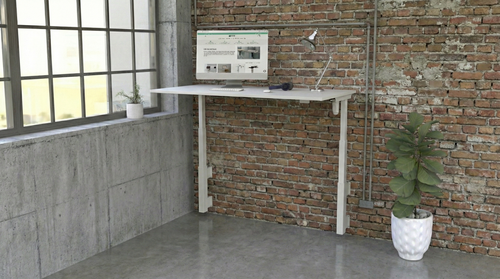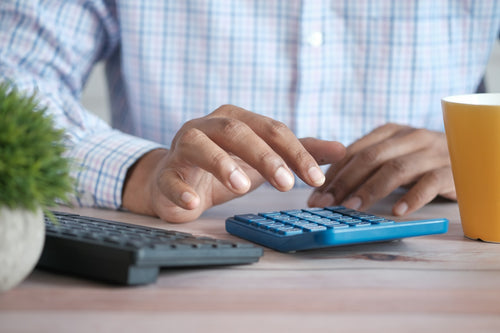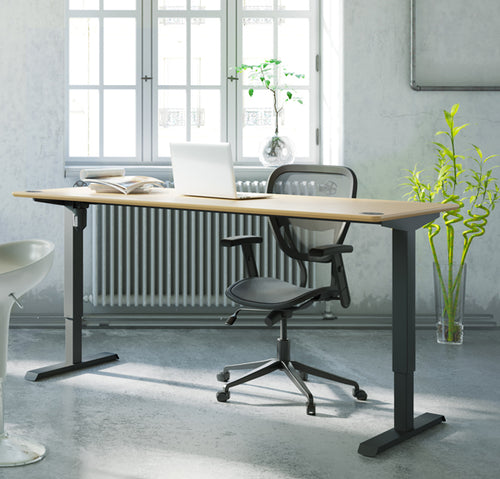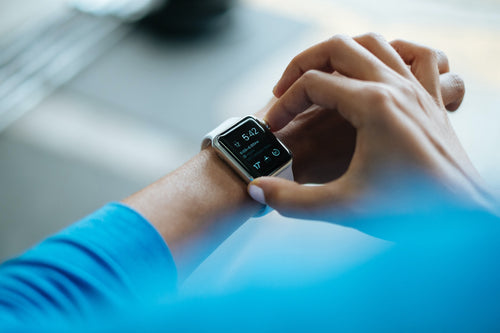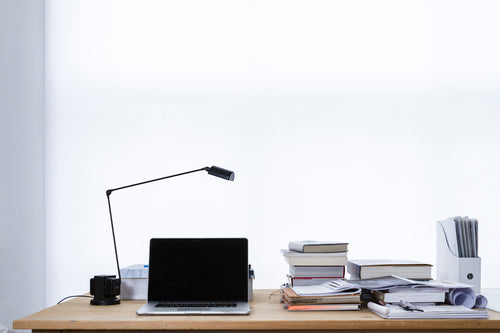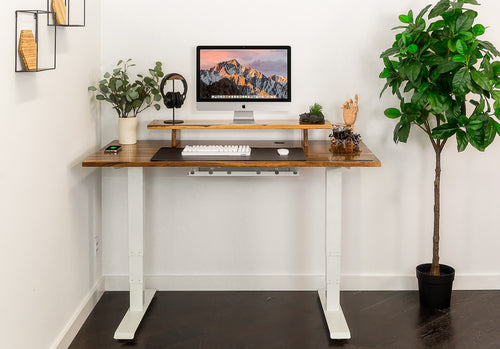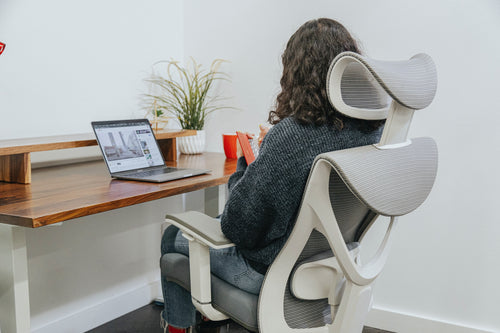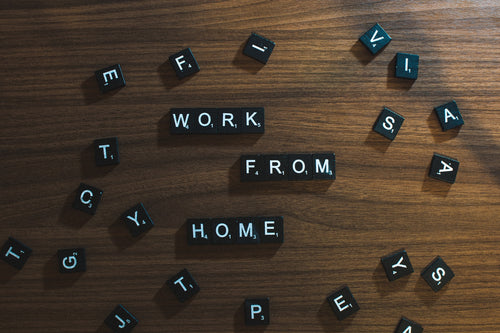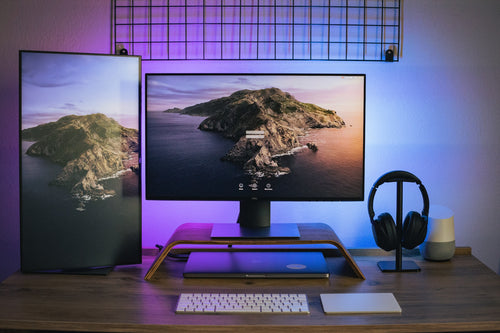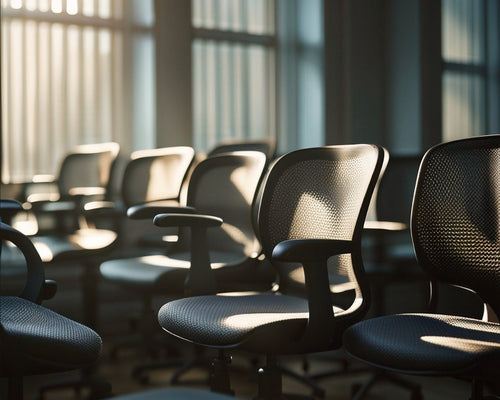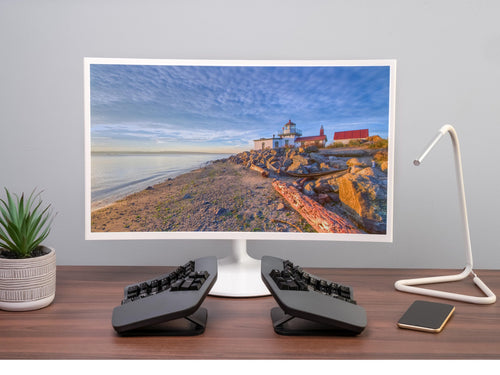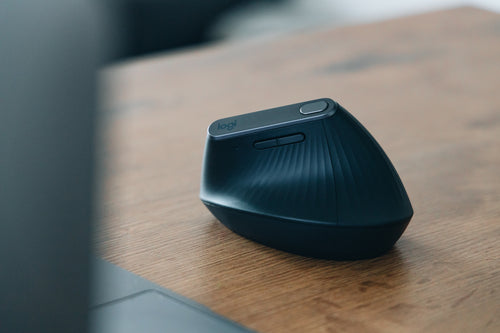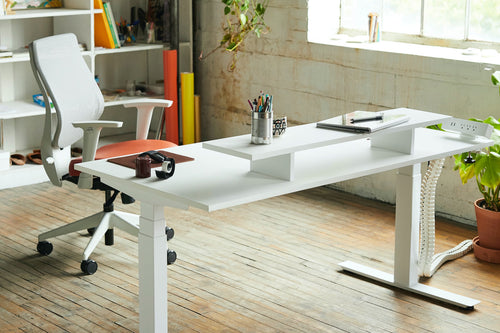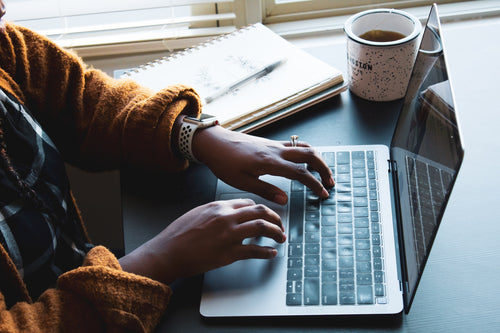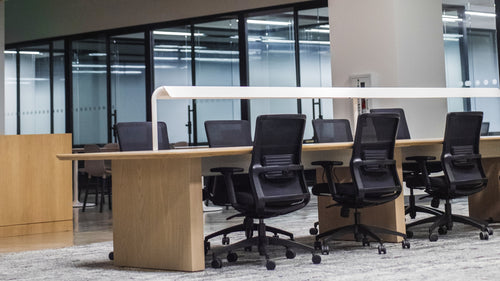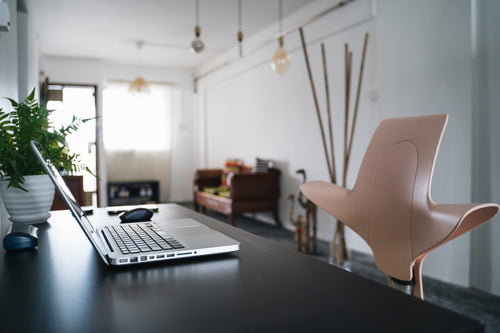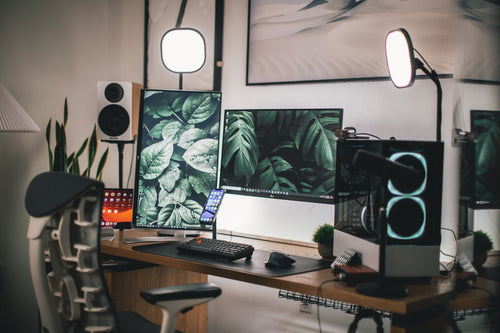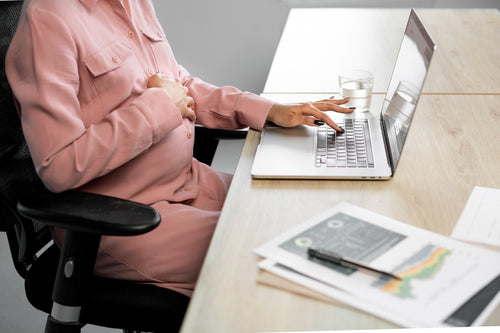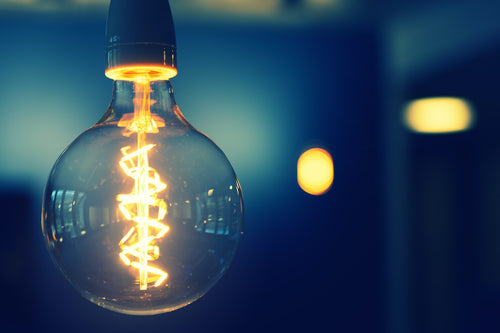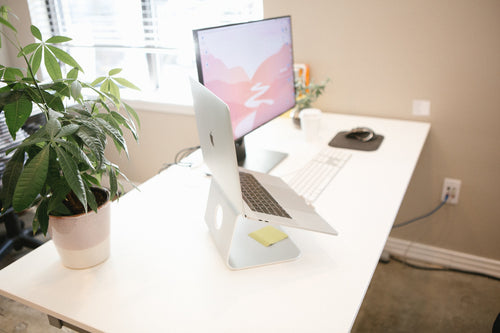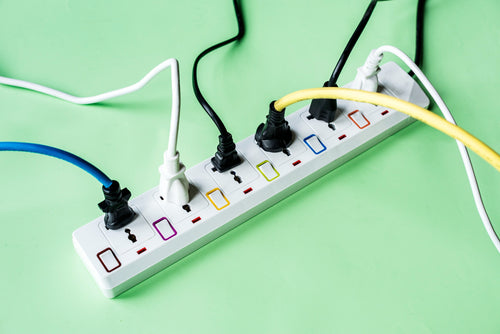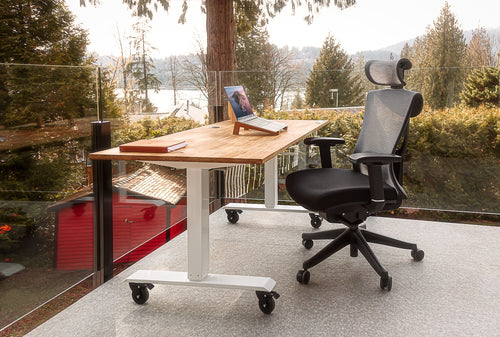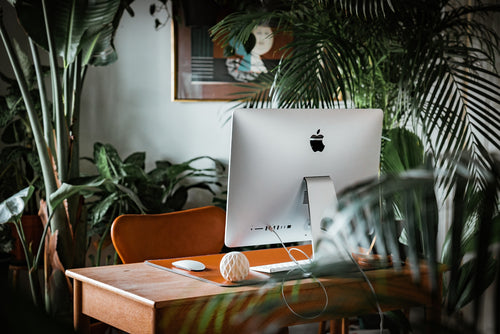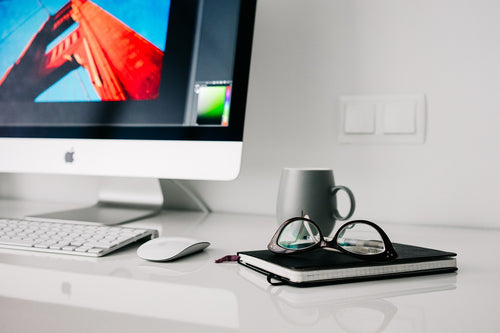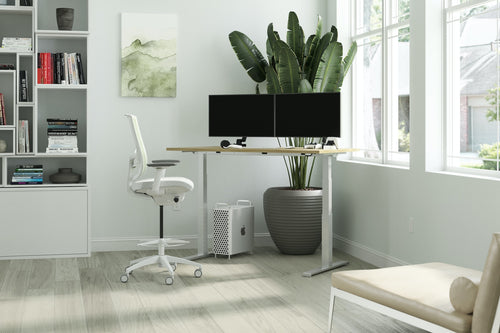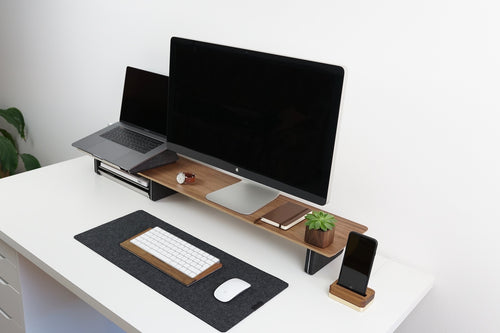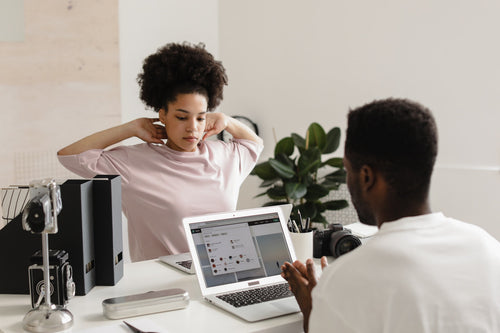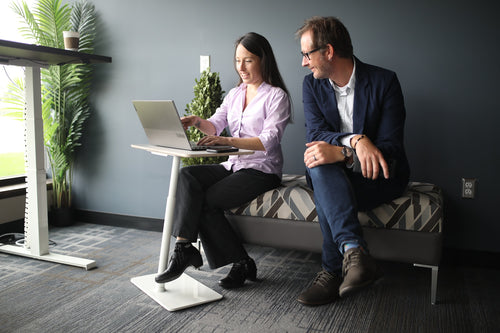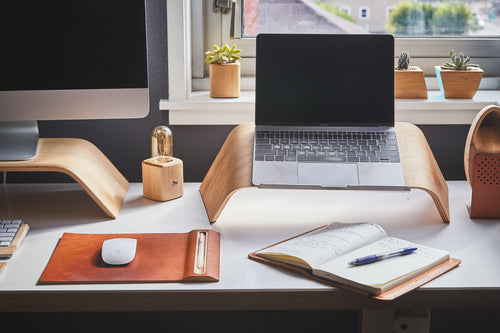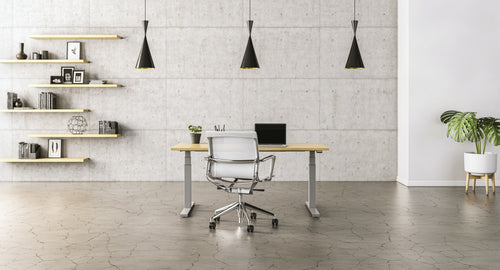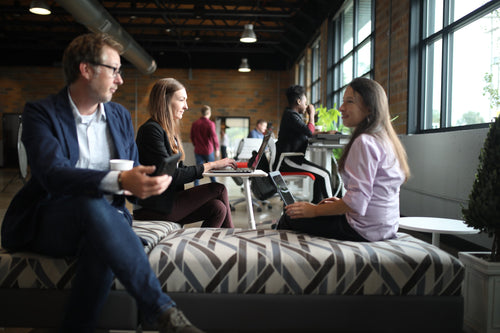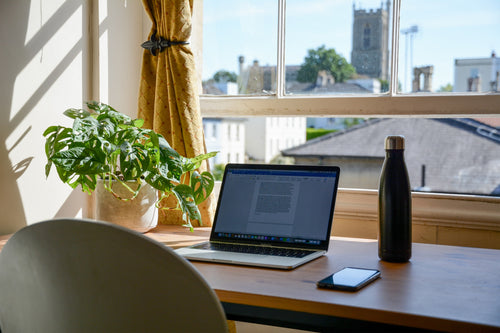Do you often feel tired, stiff or sore after a long day of work? Do you struggle to concentrate or stay motivated on your tasks? If so, you may be suffering from the effects of sitting too much and moving too little.
Sitting for prolonged periods can have negative impacts on your health, such as increasing the risk of obesity, diabetes, cardiovascular disease and musculoskeletal disorders. It can also affect your mental well-being, causing stress, boredom, fatigue and reduced creativity.
Fortunately, the solution to these problems is simple and effective: take a break from your workday for an ergonomic massage or micromovement. These are short and voluntary activities that help you break up the monotony of physically or mentally draining tasks. They can last anywhere from a few seconds to several minutes and involve anything from stretching, walking, drinking water, breathing deeply or listening to music.
In this article, we will explain the benefits of ergonomic breaks and micro-movements, how often you should take them and what you should do at that time. We will also share some tips and tools to help you incorporate them into your daily routine.
What are the benefits of ergonomic breaks and micro-movements?
It may have a variety of beneficial effects on the body as well as your mind when you are taking ergonomics breaks and micromovements. Some important benefits can be found here:
- They reduce physical strain and prevent injuries. Ergonomic injuries commonly occur from forceful movements, repetitive motions, awkward postures and a lack of rest. Rest breaks are crucial and give you a chance to recover. Micro-movements can also help you maintain good posture, blood circulation, muscle tone and joint flexibility.
- They boost your energy and alertness. Sitting for too long can make you feel sluggish and sleepy. Moving around can increase your heart rate, oxygen intake and metabolism, which can help you feel more awake and energetic. Micro-movements can also stimulate your brain by activating different neural pathways and releasing neurotransmitters such as dopamine and serotonin.
- They improve your focus and productivity. Working for too long without a break can impair your attention span, memory and decision-making skills. Taking a break can help you refresh your mind, clear your thoughts and regain your focus. Micro-movements can also enhance your cognitive performance by improving blood flow to the brain, which can boost your creativity, problem-solving and learning abilities.
- They enhance your mood and well-being. Sitting for too long can cause stress, anxiety and depression. Taking a break can help you relax, unwind and cope with negative emotions. Micro-movements can also improve your mood by releasing endorphins, which are natural painkillers and mood enhancers1. They can also increase your self-esteem, confidence and happiness by giving you a sense of achievement, control and satisfaction.
How often should you take ergonomic breaks and micro-movements?
There is no definitive answer to how often you should take ergonomic breaks and micro-movements. It depends on various factors such as your personal preferences, work demands, physical condition and environmental factors. However, here are some general guidelines that you can follow:
- Take micro-breaks lasting 20 seconds every 20 minutes. These are brief pauses that allow you to rest your eyes, hands, neck or back by changing your position or activity. For example, you can look away from the screen, shake your hands, tilt your head or stretch your back.
- Take mini-breaks lasting three-to-five minutes at least every hour. These are longer breaks that allow you to move around more actively by leaving your workstation or doing some physical exercises. You can go to a water cooler, do some squats or lunges and then make your way downstairs.
- Take longer breaks lasting 15-to-30 minutes every two-to-four hour. These are extended breaks that allow you to recharge your energy and focus by doing something enjoyable or meaningful. For example, you can have a snack or a drink, chat with a colleague or friend or listen to some music.
What should you do during ergonomic breaks and micro-movements?
There is no one-size-fits-all solution to what you should do during ergonomic breaks and micro-movements. It depends on your personal preferences, work goals, physical needs and environmental constraints. However, here are some general tips that you can follow:
- Choose activities that are different from your work tasks. It's a way of avoiding mental tiredness and boredom, by making use of various parts of your brain and body. For example, if you work on a computer, you can do something physical or creative during your breaks. If you work in a noisy or crowded environment, you can do something quiet or solitary during your breaks.
- Choose activities that are enjoyable and rewarding. This can help you reduce stress and increase motivation by giving you positive emotions and feedback. For example, you can do something that makes you laugh, smile or feel proud during your breaks. After completing a challenging or tedious task, you can also reward yourself with something that is of your liking or desire.
- Choose activities that are appropriate and feasible. If you respect the work context and timetable, this can help prevent distractions and interruptions. For example, you can do something suitable for your work culture, environment and equipment during your breaks. You can also plan and set reminders for your breaks to ensure that you take them regularly and consistently.
How can you incorporate ergonomic breaks and micro-movements into your daily routine?
Taking ergonomic breaks and micro-movements may seem simple and easy, but it can be challenging to implement them in practice. Lack of time, awareness, support and resources can be obstacles for you. You may also encounter resistance from yourself or others who may perceive breaks as unproductive, unnecessary or disruptive.
To overcome these obstacles, you need to adopt a positive mindset and a proactive approach to taking ergonomic breaks and micro-movements. Here are some strategies that can help you:
- Educate yourself and others about the benefits of ergonomic breaks and micro-movements. This can help you increase your knowledge, awareness and motivation to take them. You can also share this information with your colleagues, managers or clients to gain their understanding, support and cooperation.
- Set realistic and specific goals for taking ergonomic breaks and micro-movements. This can help you plan, monitor and evaluate your progress and performance. You can also use tools such as apps, timers or alarms to remind you to take them at regular intervals.
- Customise your ergonomic breaks and micro-movements to suit your preferences, needs and circumstances. This can help you enjoy, benefit and sustain them in the long term. You can also experiment with different types, durations and frequencies of activities to find out what works best for you.
- Track and celebrate your achievements and improvements. This can help you reinforce your positive habits and outcomes. You can also reward yourself with something that you like or want after taking ergonomic breaks and micro-movements consistently.
Taking ergonomic breaks and micro-movements is a simple and effective way to boost your energy and focus at work. By following the tips and strategies in this article, you can make them a part of your daily routine and enjoy the benefits for your health, well-being and productivity.
Remember: sitting too much is bad for you, but moving a little is good for you. So don’t hesitate to take a break and move around whenever you need it. Your body and mind will thank you for it!



